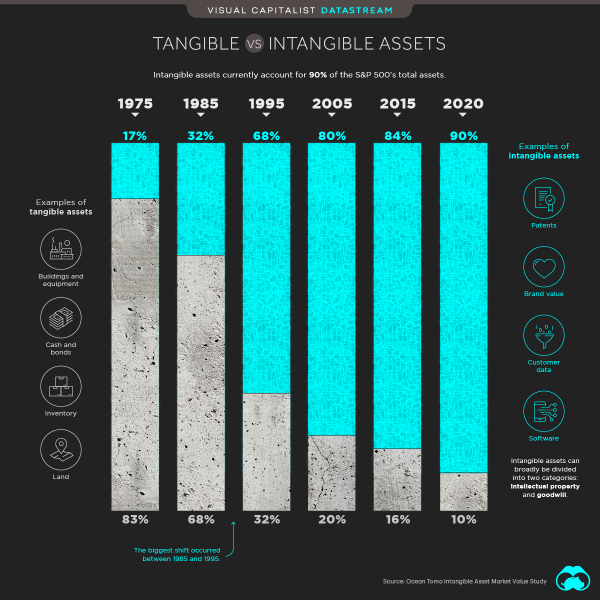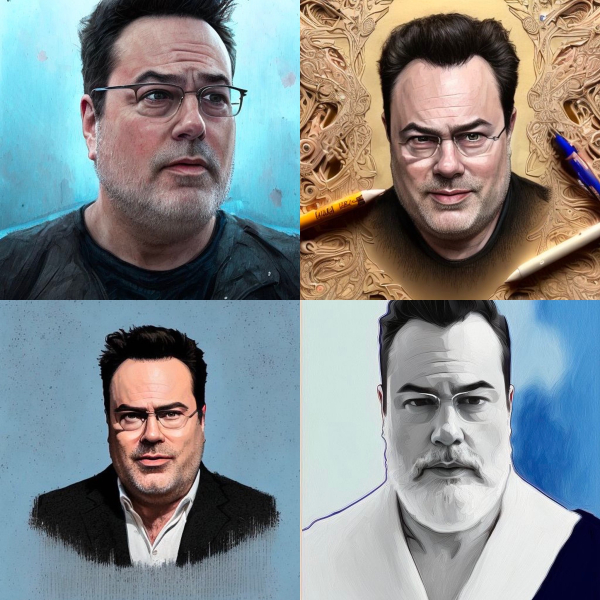The Doomsday Clock was created by a group of atomic scientists in 1947 to warn the public about the dangers of nuclear weapons. The clock is a metaphor, with midnight representing the catastrophic destruction of the world. The closer the clock is to midnight, the closer humanity is to a global catastrophe.
Nuclear war is still a significant risk, but not the only one. A list of the biggest existential risks to humanity includes:
-
Nuclear War: The threat of nuclear weapons and the possibility of a global nuclear war continue to pose a significant risk to humanity.
-
Climate Change: Climate change is a growing threat to humanity and the planet, causing rising sea levels, extreme weather events, and loss of biodiversity.
-
Pandemics: The rapid spread of infectious diseases, such as COVID-19, highlights the vulnerability of the human species to pandemics.
-
Artificial Intelligence: The development of advanced AI systems has the potential to pose existential risks if not properly regulated and controlled.
-
Biotechnology: The rapid advancement in biotechnology, including genetic engineering and synthetic biology, has the potential to bring about new risks to humanity.
-
Natural Disasters: Natural disasters such as earthquakes, tsunamis, and volcanic eruptions can cause widespread destruction and loss of life.
Some would argue that our exploration of space is another potential threat. So, these are just a few examples, and the list is not exhaustive. Addressing these risks requires a global effort and cooperation between nations, organizations, and individuals.
The Doomsday Clock was initially set at 7 minutes to midnight in 1947. In the 76 years since it launched, the hands have been adjusted 25 times. The most recent change, in 2023, moved the clock from 100 seconds to midnight to 90 seconds. This was a small but significant shift.
Flowing Data put together a chart to show the clock's movement since inception.
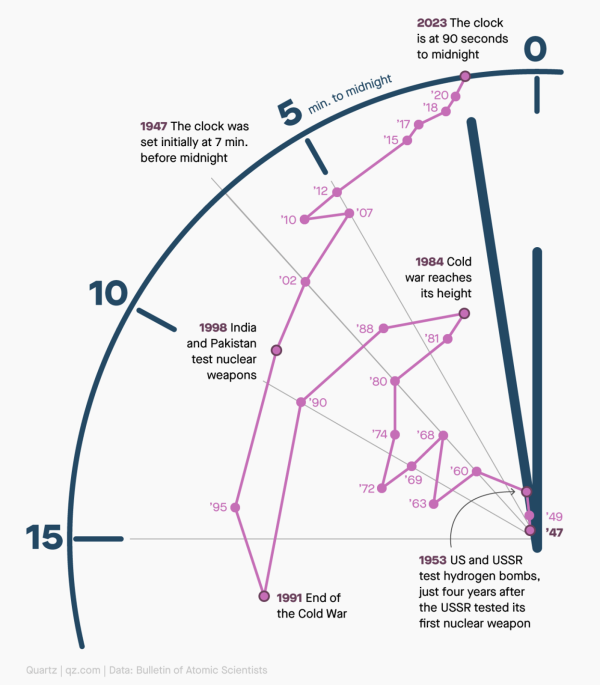 via flowingdata
via flowingdata
The Doomsday Clock provides a long-term perspective on the dangers facing humanity. Despite the seemingly small number of seconds remaining to midnight, it serves as a reminder of the urgency to act. We can move towards a brighter future by acknowledging the potential consequences of our actions (or inactions). Advancements in fields such as medicine, technology, and human potential offer hope and the potential to overcome even the most pressing challenges. With collaboration from the brightest minds across the world and private industry, we have the ability to solve even the world's most significant problems.
If I have to choose, I always bet on humanity.
Onwards!

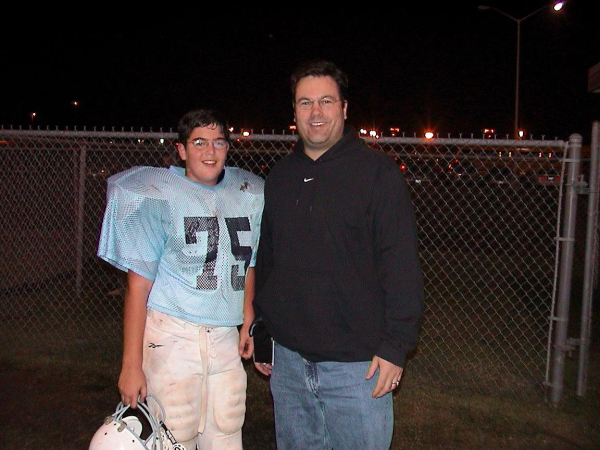
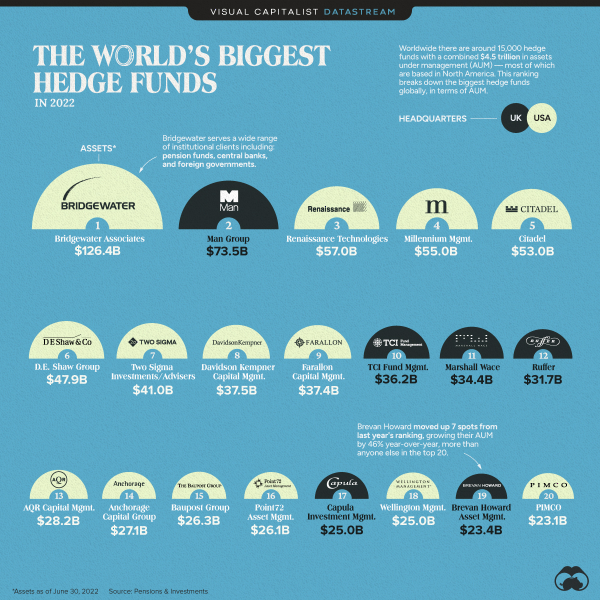 via
via 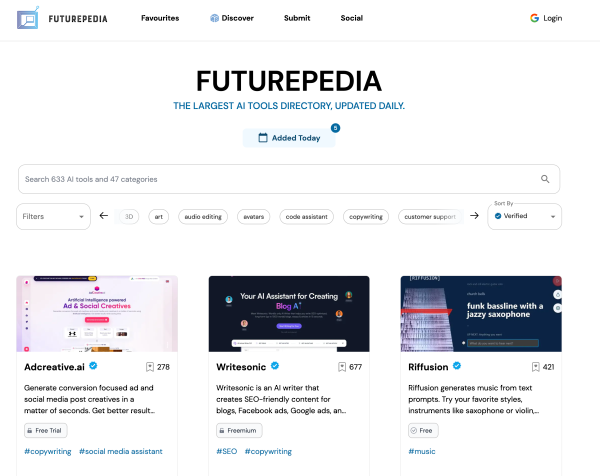
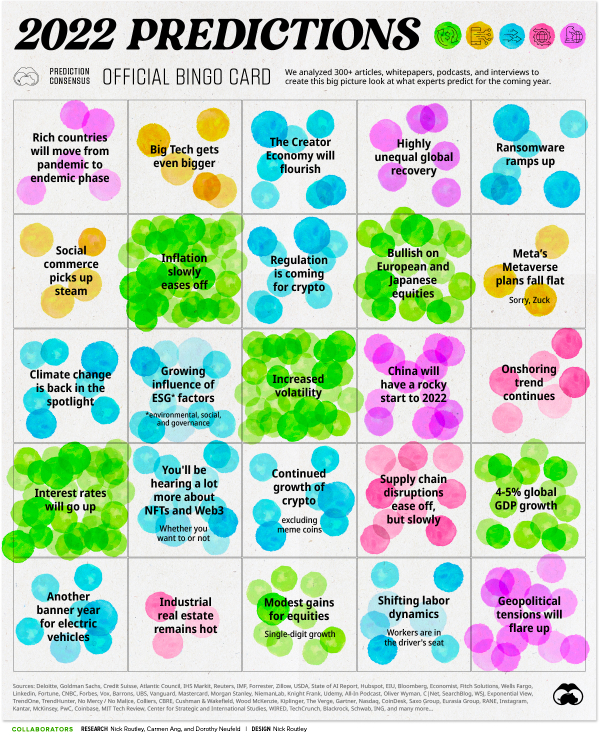
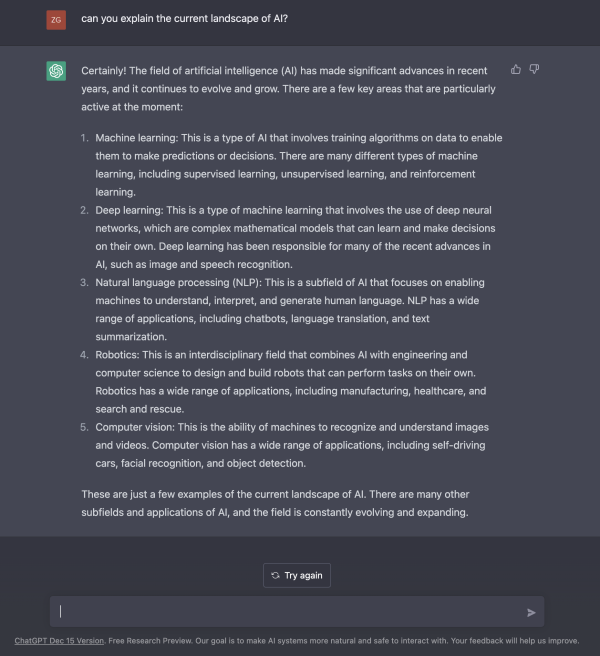
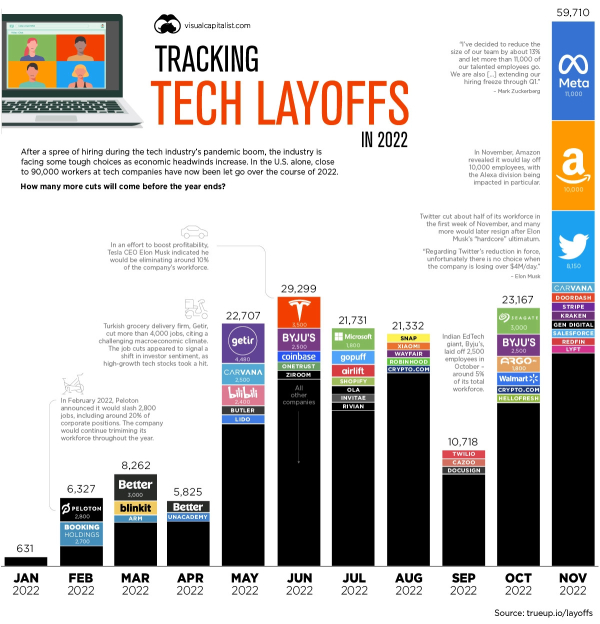 via
via 